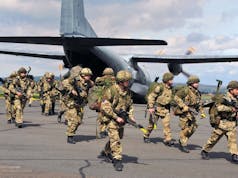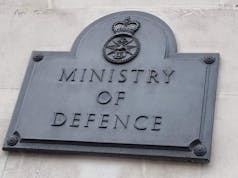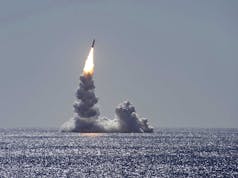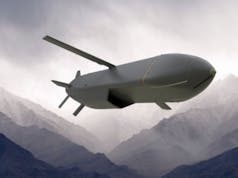In 2016, North Korea conducted about 22 missile launches and two nuclear tests as part of an effort to gain nuclear missile capability. They also served as provocation against its neighbor to the south, the Republic of Korea.
Brig. Gen. David J. Francis told the US Army News Service:
“The concerning part about this is not necessarily that they are doing provocations. What is a problem is they are getting better every time they do a missile test and every time they do a nuclear test.”
Francis, who serves as deputy commander of the 2nd Infantry Division, 8th US Army in South Korea, spoke during the 2017 Army Aviation Mission Solutions Summit in Nashville, Tennessee.
North Korea, Francis said, is likely looking for a “seat at the table.” And while the North Koreans have a significant conventional threat at their disposal — one of the largest militaries in the world — and a sizable special operations capability as well, he said, “their ability to use it and sustain it over time is very questionable.”
Instead, Francis said, the North Koreans are looking for an “asymmetric capability” that will give them the leverage they need to get that seat at the table. And that includes, he said, having a nuclear capability.
In South Korea, the militaries of the United States and the Republic of Korea are working on ways to counter the threats posed from the north. Aviation is a big part of that, Francis said.
Army aviation units in South Korea now have two mission sets they are focused on: maritime counter-special operations forces, and counter-weapons of mass destruction.
“The primary mission is to defeat that SOF threat before it reaches the mainland” he said.
That counter-SOF mission, he said, has “matured to the point where we have an attack helicopter battalion that for a portion of time works for the 2nd ROK fleet and the 2nd Maritime Battle Group. And their sole purpose for a period of time is to in fact defeat and destroy this threat.”
Conducting that counter-SOF mission, he said, is a multi-domain effort for the Army, partnering traditional land forces with naval forces over land, air and sea.
When it comes to weapons of mass destruction, Francis said, “we know for a fact [North Korea] has multiple locations that have WMD, and those sites are important to us. So while we are conducting direct action, combined arms maneuver to defeat and destroy enemy forces, we are also focused on getting in control of all of those sites that contain WMD.”
Francis said the “Warrior Strike” exercises are enabling the Americans and South Koreans to practice going after such sites together.











